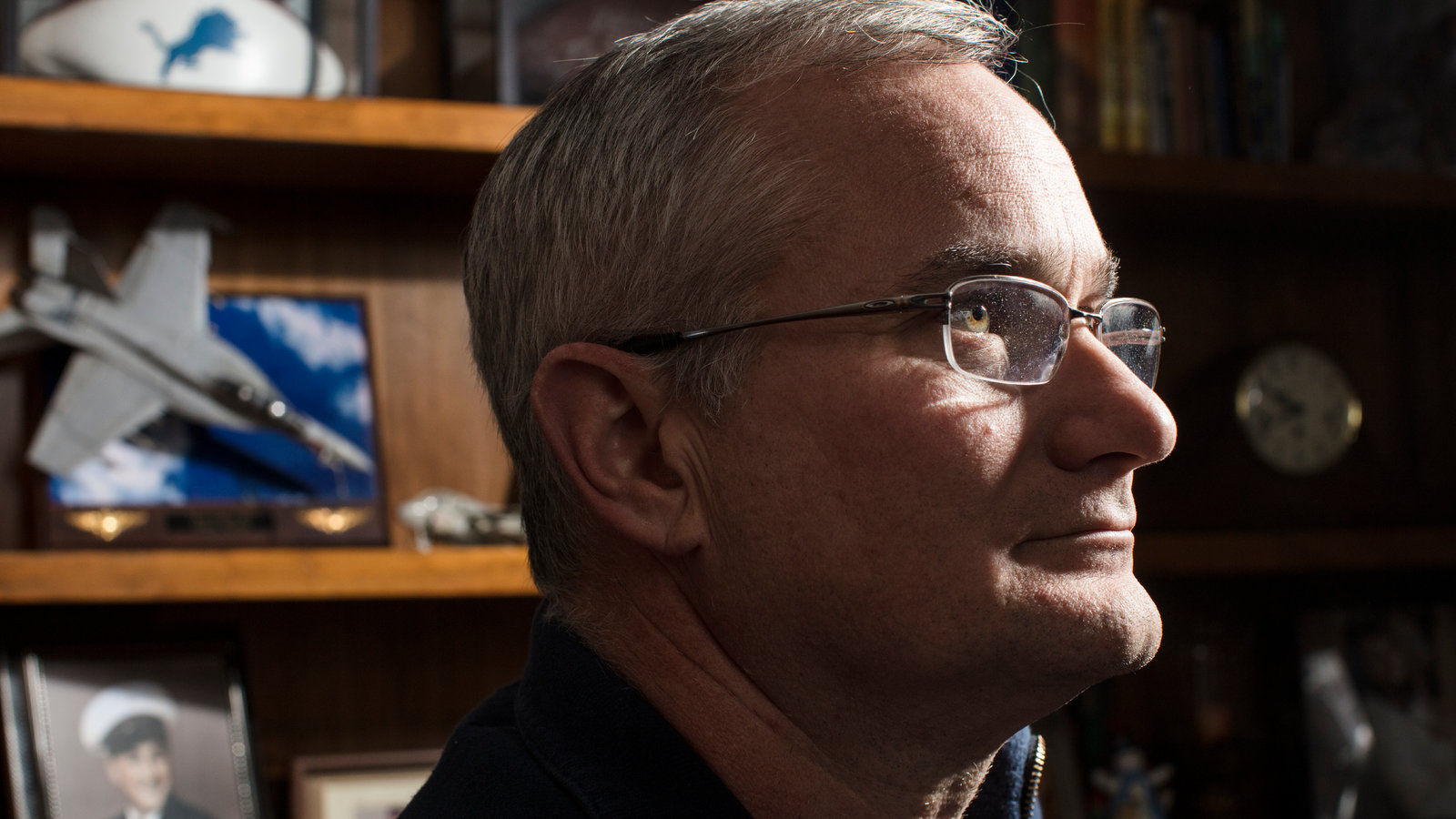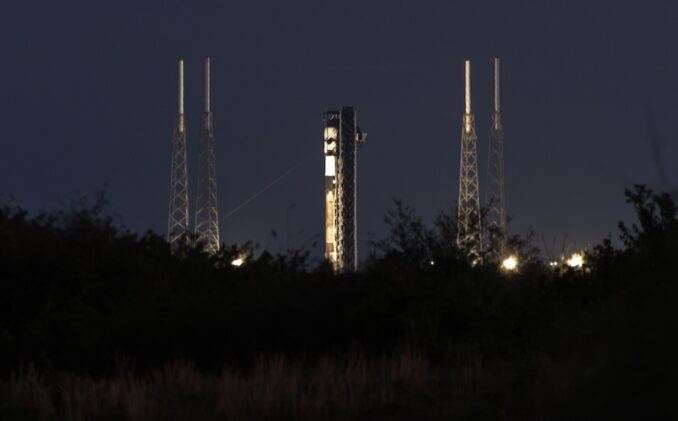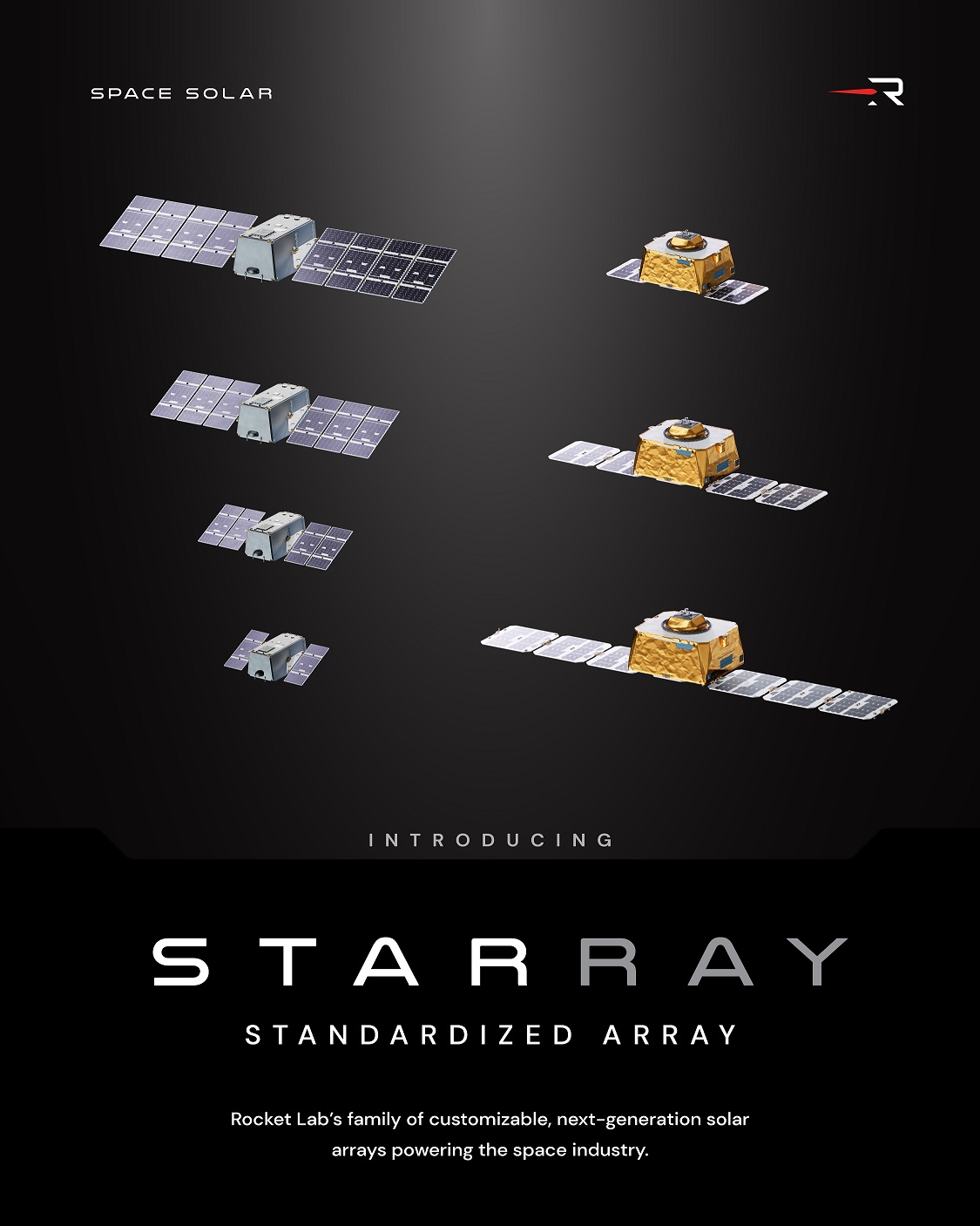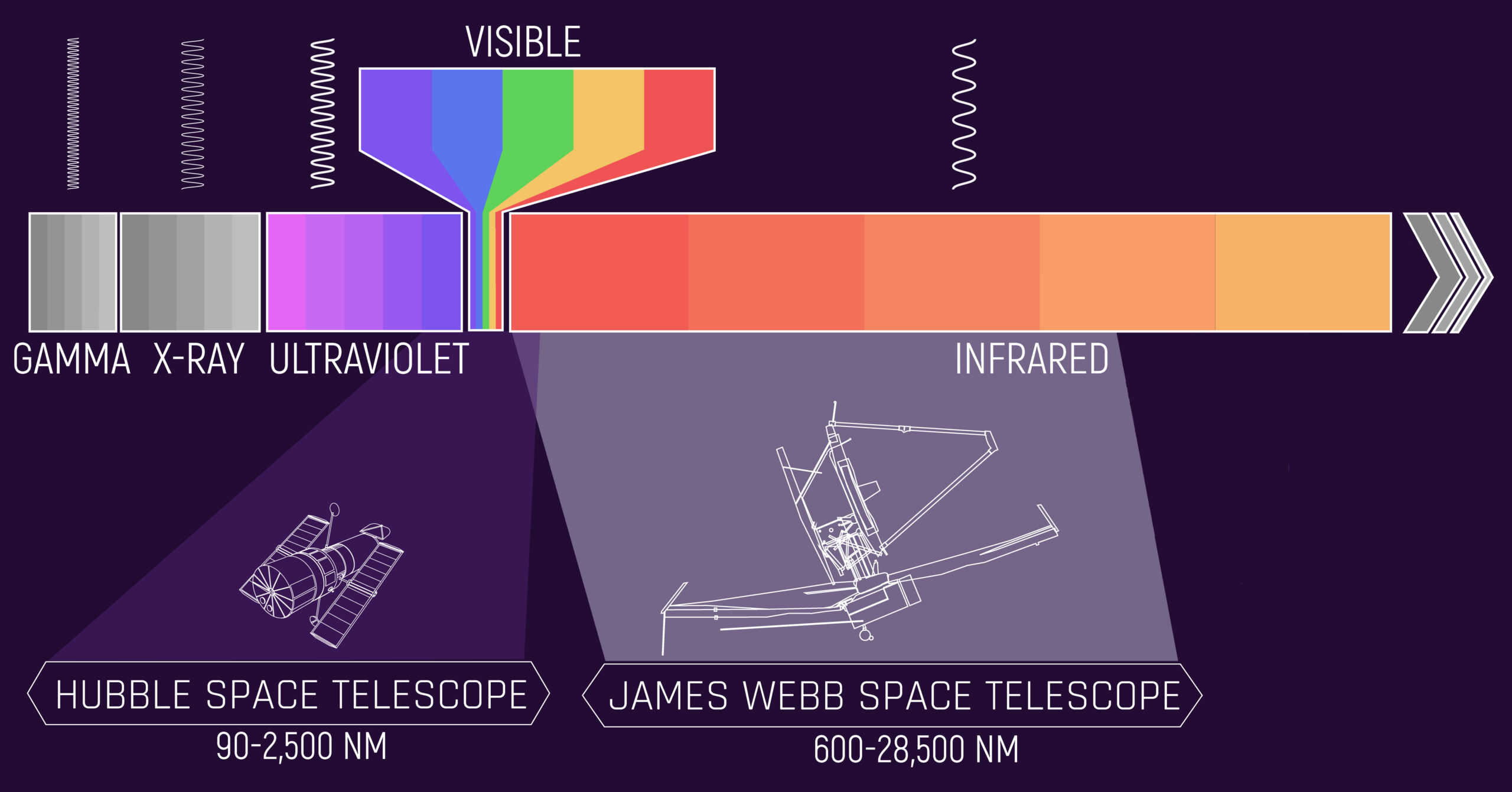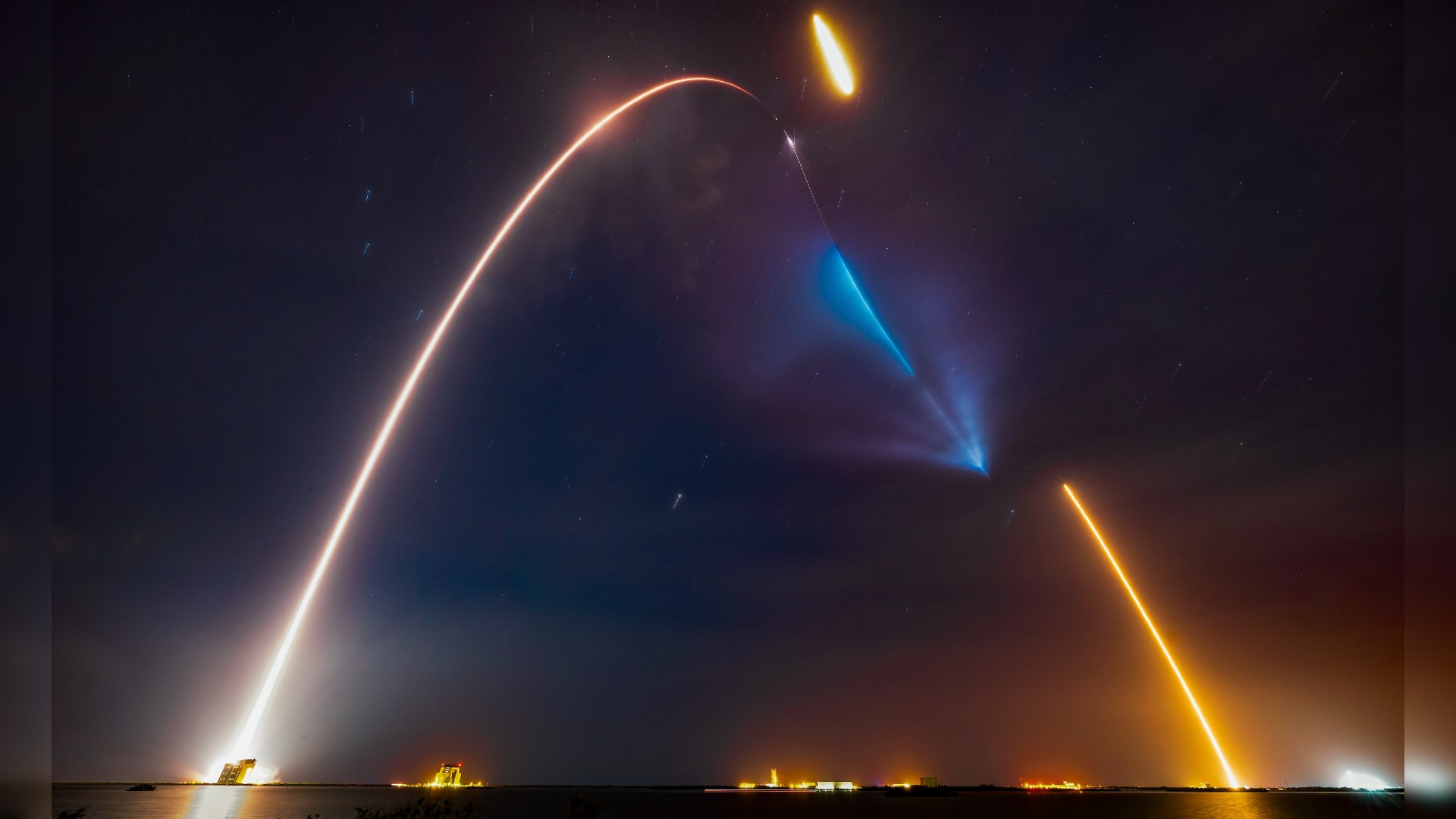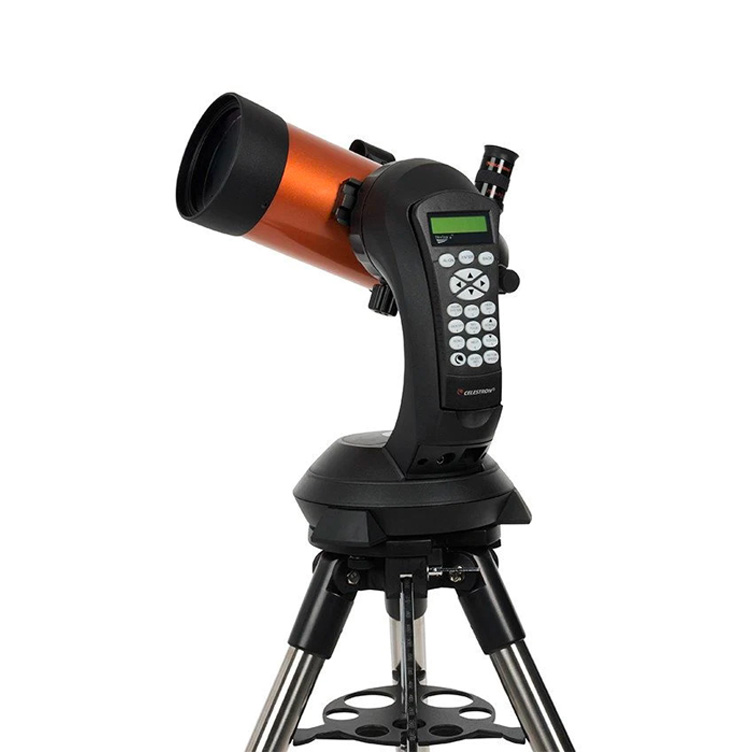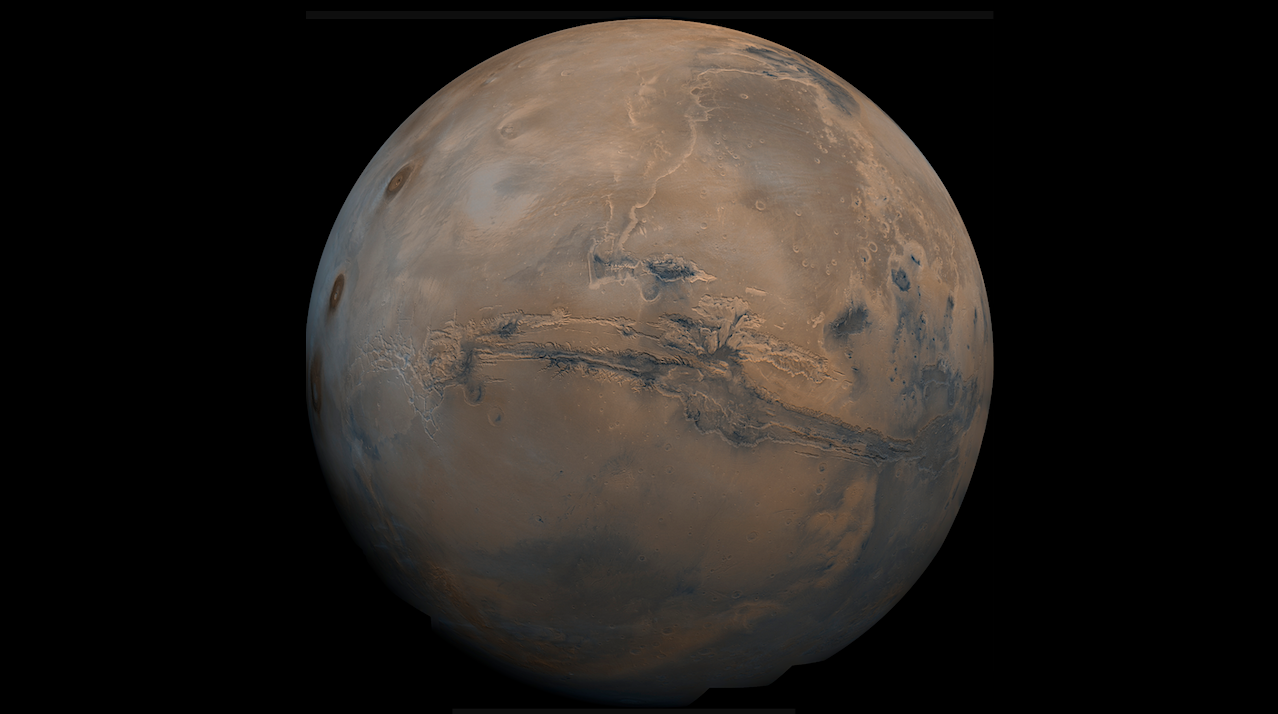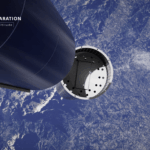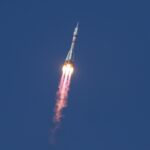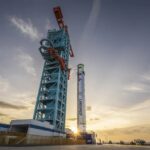(NewsNation) — “UFO Witness” host Ben Hansen has interviewed a member of the flight crew that took evasive action during an alarming encounter with a “Tic Tac”-shaped projectile last year. The incident
Archive for April, 202527- Page
File: A SpaceX Falcon 9 rocket stands at Space Launch Complex 40 (SLC-40) ahead of the launch of the Starlink 12-21 mission. Image: Adam Bernstein/Spaceflight Now SpaceX plans to launch
Rocket Lab is showing that’s about more than just rockets. The California-based company has introduced a family of customizable solar arrays, designed to fit the changing needs of customer satellites.
Watch live! China’s Shenzhou 20 crew launches to Tiangong space station – YouTube Watch On China’s latest human spaceflight mission is headed for orbit on Thursday morning (April 24), and
This Thursday (April 24), the Hubble Space Telescope celebrates 35 years in space — and even though Hubble has continuously delivered stunning space images and vital data since 1990, it
South Korea sent its fourth homegrown spy satellite to orbit this week in an effort to bolster its ability to keep tabs on its neighbor and adversary North Korea. A
The morning of April 24 will give rise to a striking mini-planetary parade, as Mercury, Venus, Saturn, Neptune, and Earth’s moon cluster together in the same region of the pre-dawn
Africa has taken a giant leap into the global space arena with the official inauguration of the African Space Agency (AfSA), signaling the continent’s commitment to space exploration and technological
Mars — NASA/USGS Around the equator, for example, vast networks of channels spread from Martian highlands, branching like trees and emptying into lakes and even, possibly, an ocean. NASA’s Perseverance
Season Two of Star Wars: Andor hit our screens (the first three episodes) on April 22, and the only place to watch the latest episodes of the Star Wars hit
-
 012024 in Review: Highlights from NASA in Silicon Valley
012024 in Review: Highlights from NASA in Silicon Valley -
 02Panasonic Leica Summilux DG 15mm f/1.7 ASPH review
02Panasonic Leica Summilux DG 15mm f/1.7 ASPH review -
 03How New NASA, India Earth Satellite NISAR Will See Earth
03How New NASA, India Earth Satellite NISAR Will See Earth -
 04And Thus Begins A New Year For Life On Earth
04And Thus Begins A New Year For Life On Earth -
 05Astronomy Activation Ambassadors: A New Era
05Astronomy Activation Ambassadors: A New Era -
06SpaceX launch surge helps set new global launch record in 2024
-
 07Space Force plans new ‘Futures Command’ amid pressure to speed up modernization
07Space Force plans new ‘Futures Command’ amid pressure to speed up modernization


